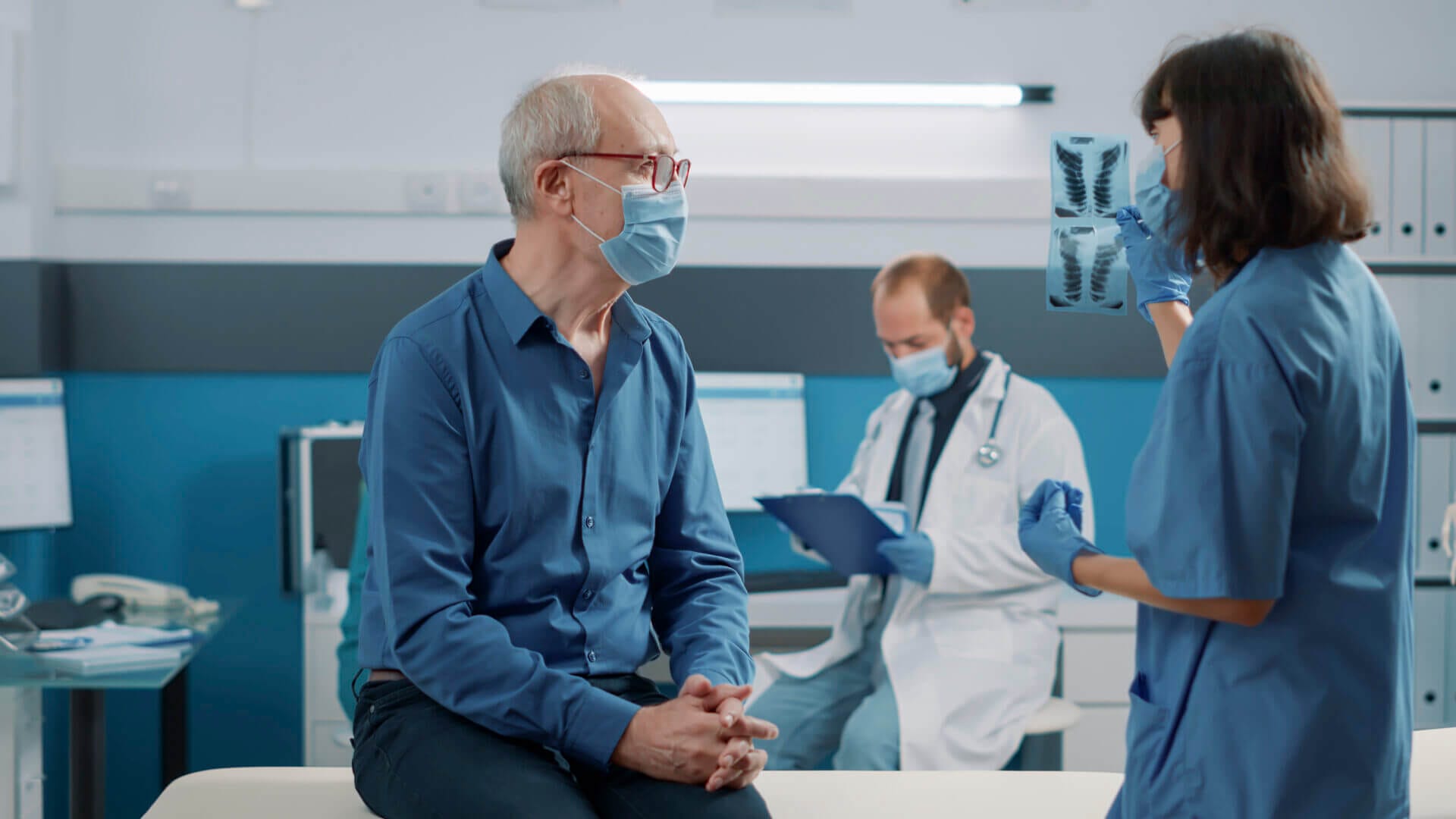Community Connection & Collaboration
And let’s not forget — hospitals are still a cornerstone of the community. They’re where people go not just for emergencies, but for ongoing support, education, and connection. When there’s a crisis, they’re the first to respond. That local trust is hard-earned and deeply important.
Looking ahead, collaboration is going to be key. Hospitals and health systems that work together — sharing ideas, resources, and even staff — can create stronger, more flexible care networks. No one organization can fix everything on its own, but together, real progress is possible.















